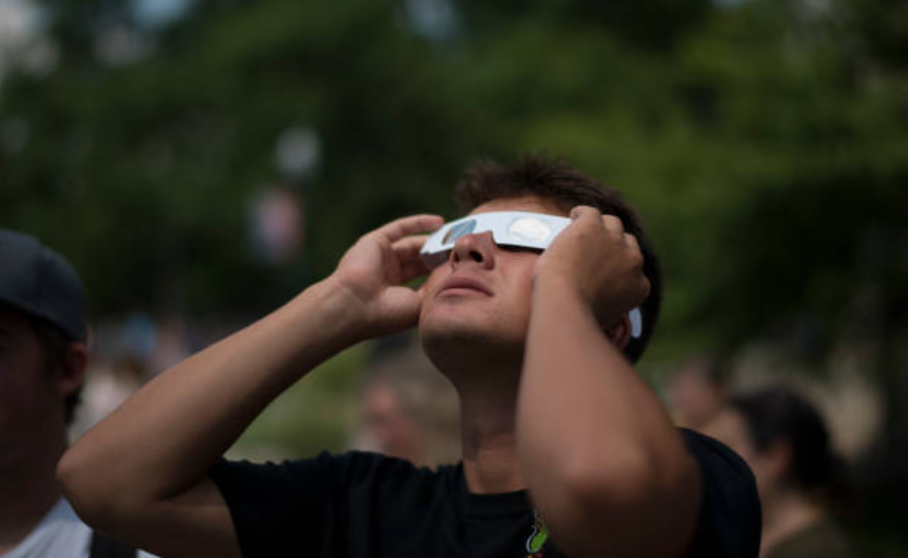A mesmerizing celestial event is poised to captivate North America anew as a total solar eclipse illuminates the skies on April 8th.
Lasting up to 4 minutes and 28 seconds at its peak, this eclipse promises a longer duration of total darkness compared to its 2017 predecessor.
Unlike the previous event, this eclipse will traverse a more densely populated path, spanning from Mexico’s Pacific coast through the heartland of the United States, and onward to eastern Canada.
Approximately 44 million people reside within the path of totality, with a staggering 32 million in the US alone, guaranteeing congested roads as eager spectators flock to witness the awe-inspiring phenomenon.
NASA’s eclipse program manager, Kelly Korreck, highlights the significance of this event in providing people with an opportunity to marvel at the wonders of the universe without extensive travel.
During a total solar eclipse, the moon perfectly aligns between the Earth and the sun, obscuring sunlight and casting a shadow across North America. This fleeting darkness will traverse fifteen US states, offering communities along its trajectory a unique celestial experience.
Treasuring Rare Total Solar Eclipses

Major cities such as Dallas, Indianapolis, and Montreal will find themselves immersed in the eclipse’s path, ensuring large crowds gather to witness the spectacle firsthand. However, even those outside the path of totality can still catch a partial eclipse, with the extent of the sun’s coverage diminishing the farther one is from the central track.
The exceptional duration of totality during this eclipse is attributed to the moon’s close proximity to Earth, coupled with the sun’s average distance from our planet. This cosmic alignment results in an extended period of sun-blocked darkness, a rare phenomenon that occurs only under specific celestial conditions.
Safety remains paramount during eclipse viewing. Specialized eclipse glasses are essential for observing the event safely, with precautions necessary to prevent eye damage from the sun’s rays.
Communities across the eclipse’s path are hosting various events, from star parties to eclipse-themed ceremonies, offering diverse experiences for enthusiasts. As the world awaits this celestial spectacle, preparations are underway to capture the event’s scientific significance and ensure a memorable experience for all who witness it.
While full solar eclipses are relatively common occurrences, the opportunity to witness totality in one’s vicinity is a rare event, emphasizing the importance of cherishing these celestial wonders whenever they occur.


Comments are closed.